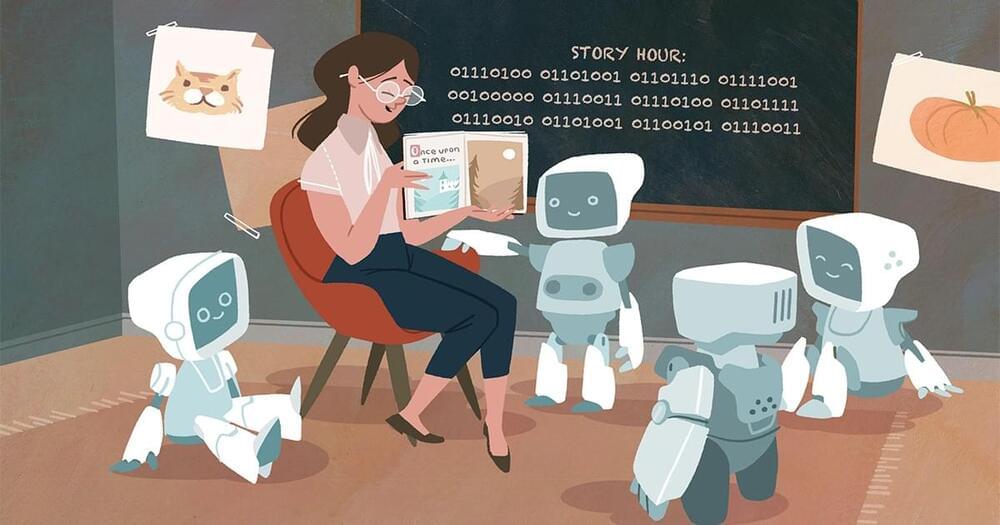Simulations indicate an erratic and copious accretion of gas onto a black hole when the surrounding disk is tilted and the black hole spins rapidly.


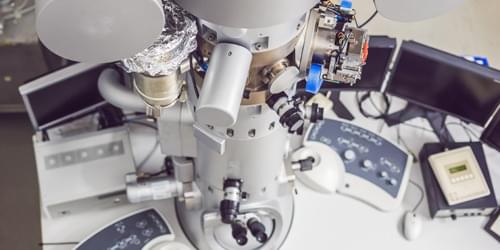
Researchers demonstrate a method to reduce the energy spread of electrons used in electron microscopes, opening the door to time-and energy-resolved studies of quasiparticles such as phonons and plasmons.
Conceived a century ago, electron microscopes are today standard fare in experimental research laboratories. By imaging a material with electrons, scientists can resolve details 1,000 times smaller than is possible with light. These devices can also employ pulsed electron beams to probe transient phenomena, such as the behavior of quasiparticles that a material hosts. Now Michael Yannai of Technion–Israel Institute of Technology and his colleagues demonstrate a way to improve that capability by reducing the energy spread of the electrons in a pulsed imaging beam [1]. Their method leaves the brightness of the beam unchanged, which is important for ultrafast imaging, as the ultrashort pulses used in this method necessarily comprise small numbers of electrons. “Our technique opens the path to many potential time-and energy-resolved explorations that are currently impossible,” says Ido Kaminer, who headed the team behind the research.
Electron energy spread is one of the key factors limiting an electron microscope’s resolution. The smaller this spread—the closer the beam is to being monochromatic—the better the resolution. The conventional method for reducing energy spread is to filter out electrons with energies outside of the desired range. But that process significantly reduces the electron flux, another factor that can limit a microscope’s performance.

The Center for Artificial Intelligence at King Khalid University embraces AI-driven innovation by using and creating advanced digital technologies to help fulfill Vision 2030 objectives. With that as the main driver, Nada Saeed Al-Qahtani, student and inventor at the College of Computer Science at King Khalid University, developed a robot called “Eve”. Eve is tailored to students with Down Syndrome, being equipped with machine learning curriculum adaptations that make completing tasks easier.
A cyclist who was paralysed in an accident is able to walk again, thanks to a breakthrough in neurosurgery and artificial intelligence in Switzerland.
Al Jazeera’s Andrew Simmons reports.
- Subscribe to our channel: http://aje.io/AJSubscribe.
- Follow us on Twitter: https://twitter.com/AJEnglish.
- Find us on Facebook: https://www.facebook.com/aljazeera.
- Check our website: https://www.aljazeera.com/
@AljazeeraEnglish.
#Aljazeeraenglish.
#News #AI #Technology

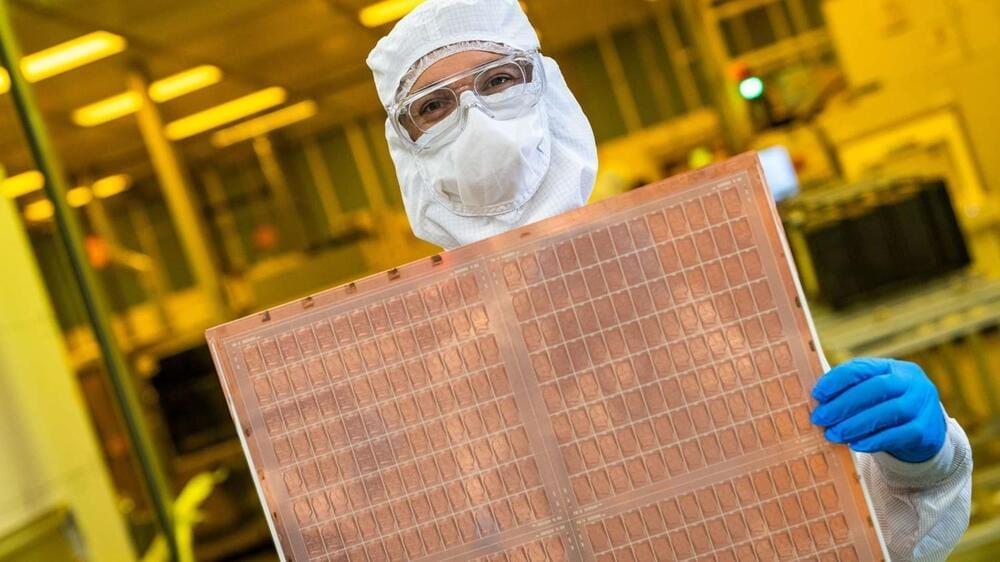
Intel has been in the semiconductor chip manufacturing game for a while. Recently, it’s been looking to expand its foundries and production to the point where it could make cutting-edge chips for other companies, a territory we normally associate with TSMC and Samsung.
Currently, Intel is building and ramping up manufacturing in North America, Mexico, and Germany — and these foundries will be doing a lot more than simply creating chips for the latest generation of Core processors. Earlier this year, Intel and Arm announced a partnership to build mobile SoCs on Intel’s 18A process node, and we’ve even heard from the likes of NVIDIA stating that it’s open to working with Intel to produce its hardware.
All of this makes the recent statement from Darren Grasby, the executive vice president for strategic partnerships and president of AMD EMEA, a little shocking. His words were harsh when asked if Intel would succeed in its ambitious plans to build global foundries and develop and create chips for multiple companies. To say the least!
Some harsh words from an AMD exec who doesn’t think Intel’s global foundry expansion and semiconductor manufacturing will drum up new customers.

Transcatheter repair
A transcatheter repair, also called transcatheter device closure, is usually recommended for an atrial septal defect. During this procedure, a pediatric interventional cardiologist makes an incision in the groin, inserts a catheter, and funnels a small mesh patch through the catheter and up to the hole in the heart. Over time, the child’s own heart tissue grows over the patch.
Learn more about atrial septal defect transcatheter repair for children.
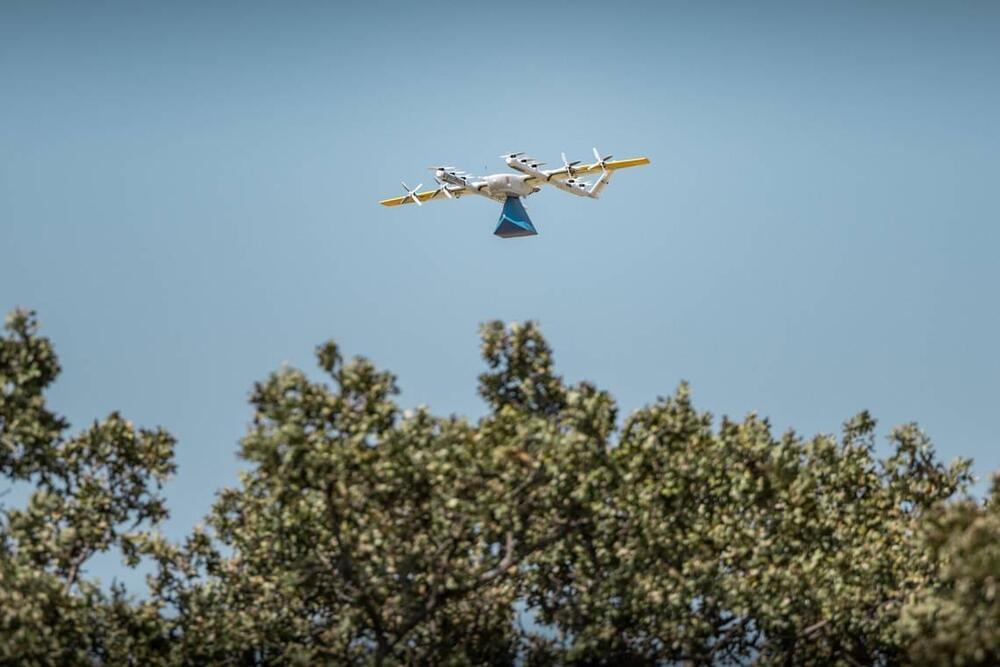
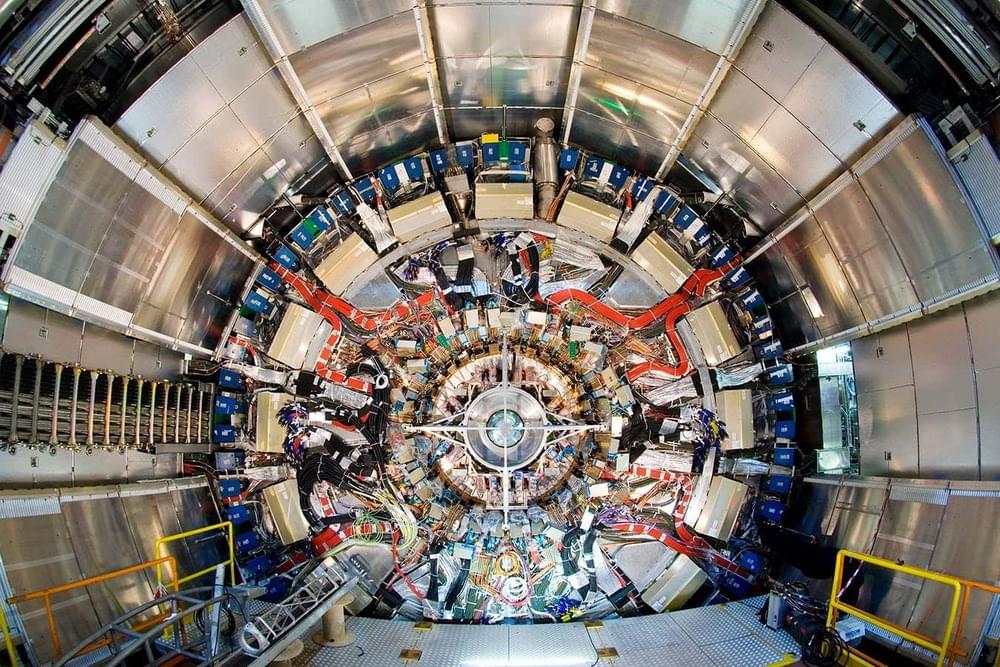
We know less about the strength of the strong force than of any of the other fundamental forces of nature, but researchers at CERN have now made the most precise measurement of it ever.
By Leah Crane
